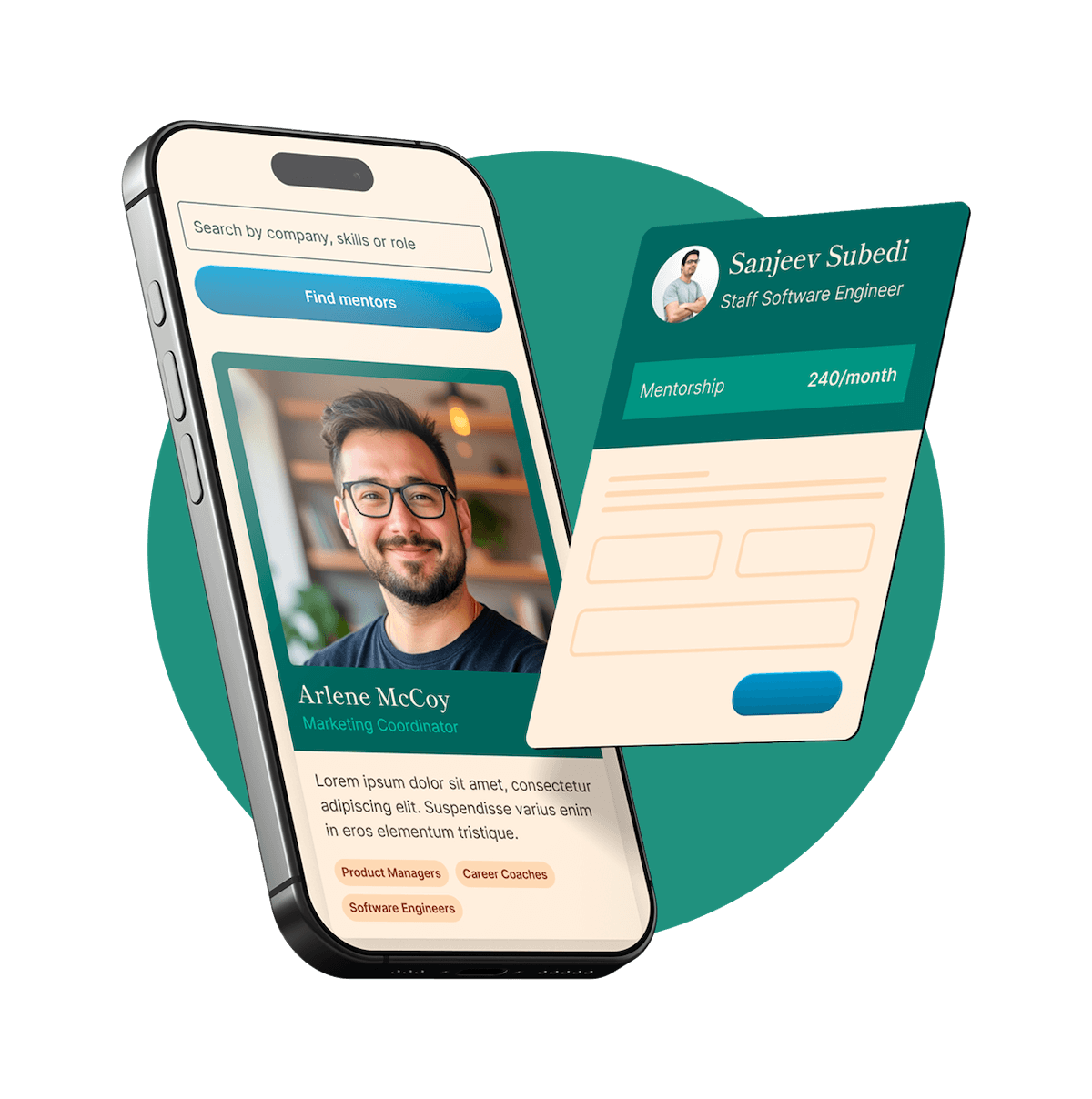Graduating in 2025 places you at the cusp of rapid innovation, hybrid work cultures, and AI-driven industries. It’s a year where adaptability, curiosity, and strategic preparation matter more than ever. Unlike the generations before, today’s tech graduates face a globally competitive yet opportunity-rich job market. Whether you’re aiming for Big Tech, a dynamic startup, or launching your freelance journey, having a clear game plan is essential.
In this guide, we’ll walk through everything you need to thrive—from skills and tools to behavioral prep and peer learning. Let’s build your roadmap to success!
AI is no longer a niche field—it’s mainstream. From data labeling tools to AI copilots, companies expect new hires to have basic awareness of AI applications. Freshers who understand AI’s practical impact on user experience, workflows, and productivity will have an edge.
How to act: Take a short free course (like Google’s AI for Everyone), and add small AI-related features to your projects.
Post-pandemic, remote-first and hybrid work models are the default in many companies. You need to demonstrate experience working across time zones, handling async communication, and using tools like Notion, Miro, and Slack.
How to act: Volunteer on GitHub projects or join virtual hackathons to simulate remote collaboration.
Startups are prioritizing full-stack devs, generalists, and creators who bring value beyond code. YouTube coders, indie makers, and side-project enthusiasts are landing jobs by showcasing value publicly.
How to act: Document your learnings, post on LinkedIn or X, and show proof-of-work.
Companies continue to use DSA to test problem-solving skills. Prioritize:
Resources: Leetcode, GeeksforGeeks, and NeetCode’s curated playlists.
You don’t need to be a senior to understand scalability. Learn how web apps are built, how APIs work, and what goes into building real-world systems like Instagram or WhatsApp.
Starter topics:
Resources: Grokking System Design, Gaurav Sen’s YouTube channel, ByteByteGo on Medium.
Get familiar with basic cloud deployments (AWS EC2, S3, Firebase, or Vercel). Understanding DevOps tools like Docker and CI/CD pipelines helps as well.
Tip: Host your projects online with CI/CD (GitHub + Vercel/Netlify) to showcase readiness.
Asynchronous work demands writing clarity. Practice:
Tip: Record yourself explaining a system or coding problem.
Tip: Add a portfolio or project demo links in the Featured section.
Tools: Rezi, Standard Resume, or InterviewHelp resume review.
Idea: Pin a full-stack project, a CLI tool, and an open-source contribution.
Sites like Portfolio.so, Webflow, or even GitHub Pages make this easy. Show your timeline, blog, and projects with screenshots.
Use Google Sheets or Notion to track:
Cold message with intent. Sample:
"Hi [Name], I came across your profile and saw you work at [Company]. I recently built a [relevant project] and am very interested in the [role name]. Would you be open to sharing insights or referring me?"
Tip: Spend 60% time on medium-level problems
Tip: Record sessions and review your clarity, pacing, and confidence
Use the STAR method for questions like:
Structure: Situation, Task, Action, Result — practice with real project examples.
Design these systems step-by-step:
Focus on components, data flow, scaling techniques.
Use Upwork, Fiverr, or Turing to earn and build real experience.
Tip: Ask for testimonials to build credibility.
Many startups hire interns or freelancers and convert them into FTEs after 3–6 months. These roles often bypass traditional HR filters.
Global remote internships (e.g., Internshala, Remote OK, AngelList) still offer great exposure. Even if unpaid, some open doors to jobs.
Not getting offers? Take 4–8 weeks to:
These stories are proof that consistency, feedback, and strategy win.
Day RangeGoals1–7Finalize resume, GitHub, and LinkedIn. Apply to 10 companies.8–14Solve 5 DSA problems. Watch 2 system design videos. Write 1 blog.15–21Attempt mock interviews. Apply to 15 more roles. Post on LinkedIn.22–30Follow up with referrals. Do 3 behavioral interview prep sessions.
The first job doesn’t define your entire career—but how you prepare for it builds the foundation. The tech landscape in 2025 is wide open for those who are curious, consistent, and community-driven.
Build every day. Ask for help. Help others. You’ve got this.
Find out if MentorCruise is a good fit for you – fast, free, and no pressure.
Tell us about your goals
See how mentorship compares to other options
Preview your first month
